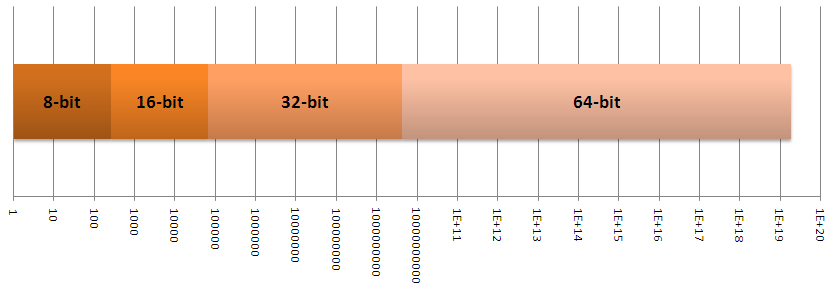
browser
What If They Gave a Browser War and Microsoft Never Came?
Two weeks ago, Apple announced a new version of WebKit, the underlying rendering technology of their Safari web browser. The feature list is impressive: * Enhanced Rich Text Editing * Faster JavaScript and DOM (~ 2x) * Faster Page Loading * SVG support * XPath support * Improved JavaScript XML technology (XSLT, DOMParser, XMLSerializer, and enhanced XMLHttpRequest









